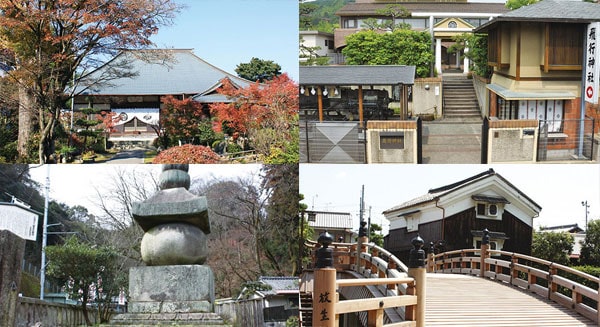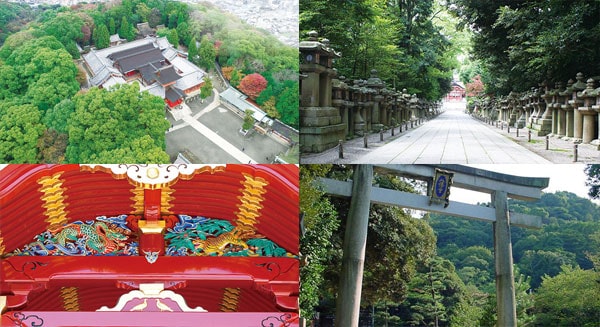Shrines, Temples, and Sweets on the Higashi-Koya Kaido
Shrines, Temples, and Sweets on the Higashi-Koya Kaido MAP
Route
START!
1 Keihan Iwashimizu-hachimangu Station
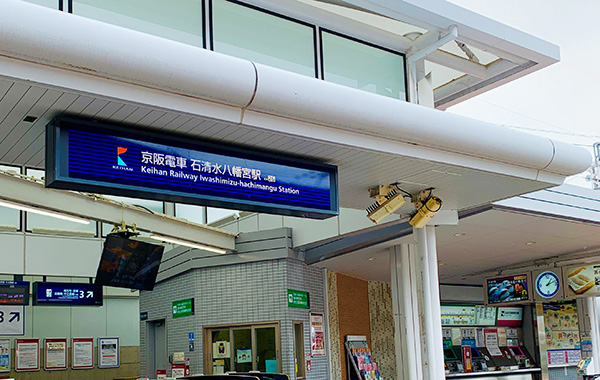
Leave Keihan Iwashimizu-hachimangu Station
Approx.
2 minutes
walk

2 Yawata Hashiriimochi-Rouho
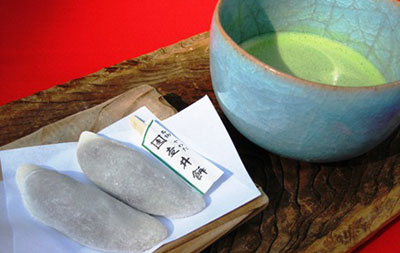
Hashirii-mochi—freshly pounded soft rice cakes made with Habutae rice, and filled with a sweet, smooth bean paste made from azuki beans grown in Hokkaido—is a specialty product of the Iwashimizu Hachimangu's shrine town. The teahouse menu features a Hashirii-mochi and Yawata-made tea combo, Hashirii-udon noodles, and more.
Approx.
3 minutes
walk

3 Kora-jinja Shrine
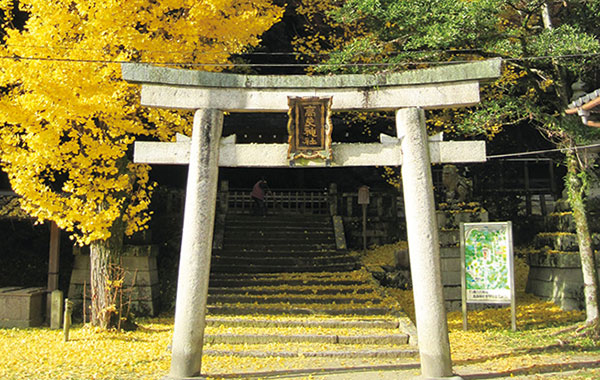
An auxiliary shrine of the Iwashimizu Hachimangu Shrine, known for enshrining the guardian deity of Yawata. Tsurezuregusa (Essays in Idleness) by Yoshida Kenko tells the story of a Buddhist monk from Ninna-ji Temple setting out to visit the Hachimangu shrine, but paying his respects at this shrine by mistake.
Approx.
1 minutes
walk

4 Ango Bridge
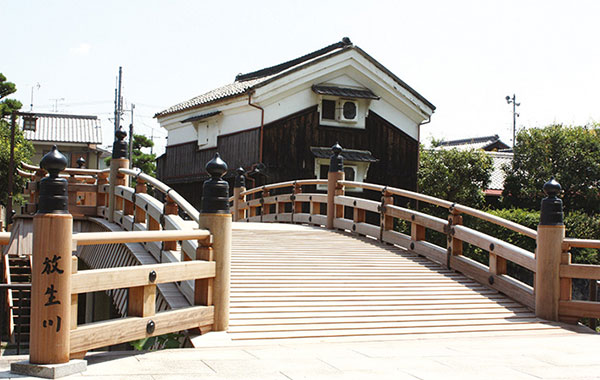
This arched bridge that spans the Hojo River is also called “Taiko-bashi” due to its large semicircular shape reminiscent of a taiko drum. The scene of this bridge set against a hazy moon is considered one of the top eight scenic views of Yawata.
Approx.
3 minutes
walk

5 Aitsuchi-jinja Shrine
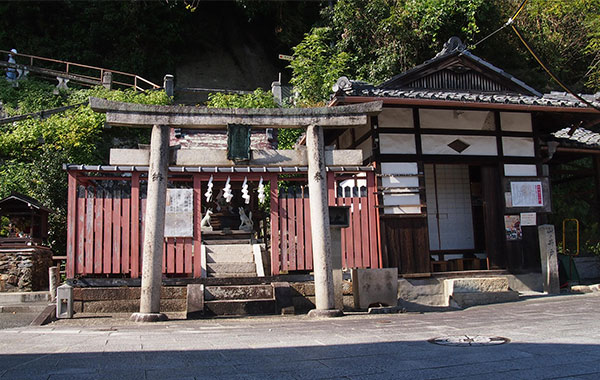
A shrine associated with swords; the legend has it that the god of Inari, along with Ohara Yasutsuna, the legendary swordsimth who created one of the Tenka-Goken (Five greatest swords), made two famed swords—Higekiri and Hizamaru—at this shrine using the water from the Yamanoi well on the grounds.
Approx.
5 minutes
walk

6 Jibanso Unbaked Japanese Sweets
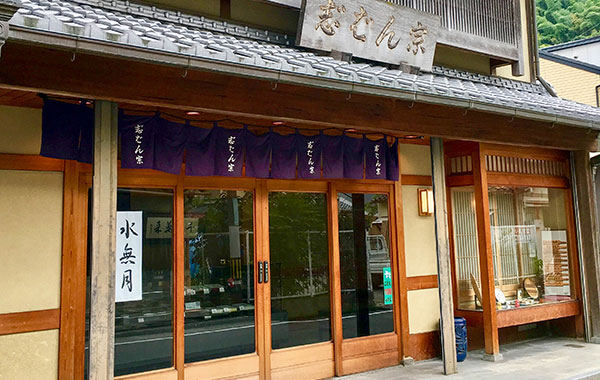
A longstanding shop that opened in the early 1860s. The hallmark product uiro (sweet jelly made from rice) is made in traditional methods, and its flavor of home-milled rice flour, sophisticated sweetness, and springy texture keep everyone coming back for more.
Approx.
4 minutes
walk

7 Zenporitsu-ji Temple
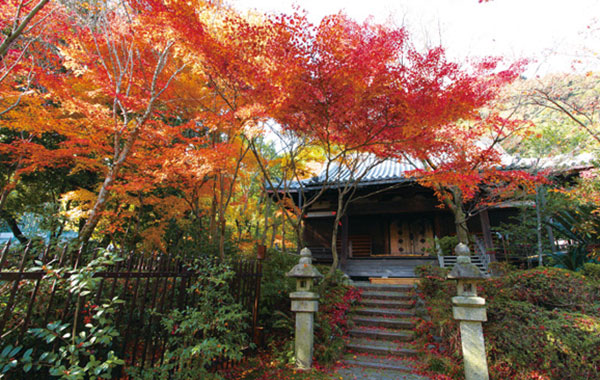
After donating his residence to serve as temple quarters for priests, Zenpoji Kyusei, the officer of the Iwashimizu Hachimangu Shrine, invited Jisso Shonin, the high priests of Todai-ji Temple to establish this temple. The temple is also known as Momiji-dera (Temple of Autumn Colors), and the fresh green leaves of spring and early summer are not to be missed, either.
Approx.
7 minutes
walk

8 Shobo-ji Temple
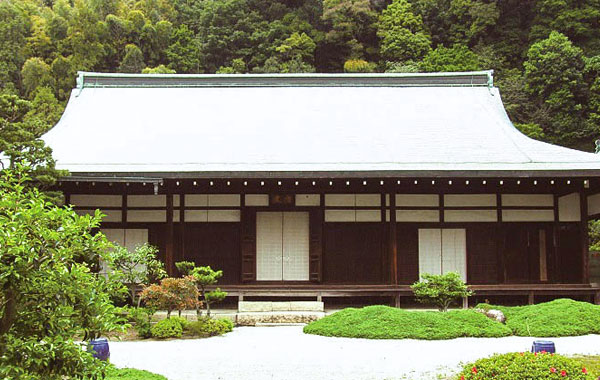
An ancient temple dating back to the Kamakura period (1185–1333). The temple was decreed a temple for national peace and security by Emperor Gonara during the Muromachi period (1336–1573). Later, it was repurposed as an ancestral temple for Okame-no-Kata, a concubine of Tokugawa Ieyasu. The grounds are full of designated important cultural properties, including the main hall, the grand abbot’s chambers, and the Chinese-style gate.
Approx.
1 minutes
walk

9 Kameya Yoshikuni
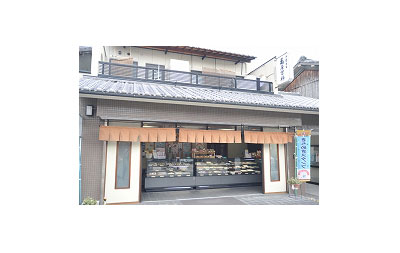
A Japanese confectioner with a shop along the Higashi-Koya Kaido. The Genji-maki roll derives its name from the fact that the Iwashimizu Hachimangu Shrine enshrines the guardian deity of the Minamoto clan—also called the Genji—and is a crowd-pleasing treat for celebrations and good fortune.
Approx.
6 minutes
walk

10 Doromatsu Inari-jinja Shrine
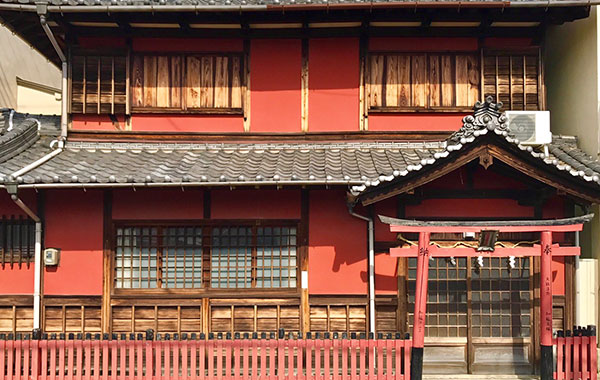
A vermilion shrine along the Higashi-Koya Kaido. It is said that long ago, a temple priest rescued a raccoon dog named Doromatsu and inherited its supernatural powers, namely the ability to tell accurate fortunes. The news spread quickly, and a torii and shrine were dedicated to the deity.
Approx.
6 minutes
walk

11 Shokado Garden Art Museum
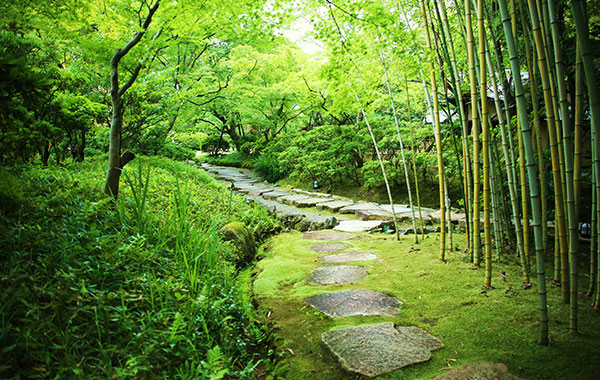
A garden associated with Shokado Shojo, a priest of the Iwashimizu Hachimangu Shrine and one of the three great calligraphers of the Kan'ei era (1624–1643). Adjoining the garden is an art museum displaying works and materials associated with Shokado.
10
minutes
bus ride

GOAL!
12 Keihan Iwashimizu-hachimangu Station

Arrived at Keihan Iwashimizu-hachimangu Station
